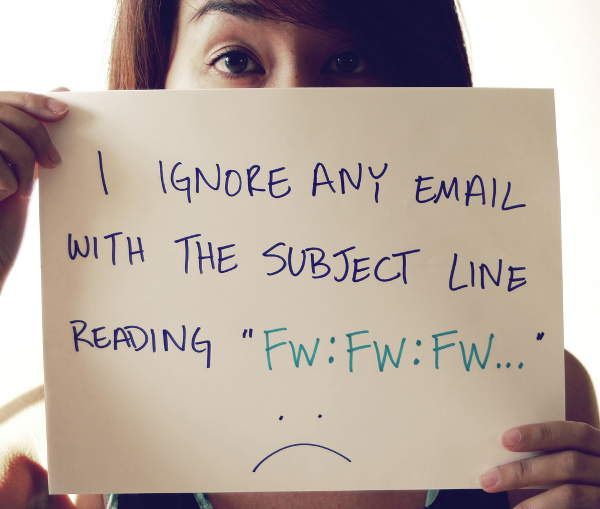OpenCongress published a blog post yesterday reporting that the two most viewed bills right now are “outlandish, non-viable proposals that have no support and no chance of being taken seriously by congressional leaders, ever.” A lot of traffic is arriving at these bills via searches.
These bills top the list because of chain emails. The sort that posit, in eye bleeding colors and typefaces, conservative conspiracy theories about clandestine government operations or ridiculous proposals. What is the problem with these viral messages? Citation needed. The people passing on the emails might feel they’ve fulfilled their duty to expose these heinous schemes, but the truth is nothing of the sort.
In reality, they merely muck up the issue and possess a lack of trustworthiness and verifiability. Some person or group of persons crafts a scare message, passes it on, and the recipients pass it on, and on, and on, and who knows who sent it in the first place or if it’s even the same message anymore.
Contrast this to the model of open information, say a blog post on OpenCongress. The writers present the subject clearly and cite sources. The post has a URL. Anybody can link to it. It doesn’t change. It’s open, trustworthy and verifiable information.
Peer-to-peer messages do not work for getting accurate and helpful information out. Citation needed.

Comments are disabled for this post